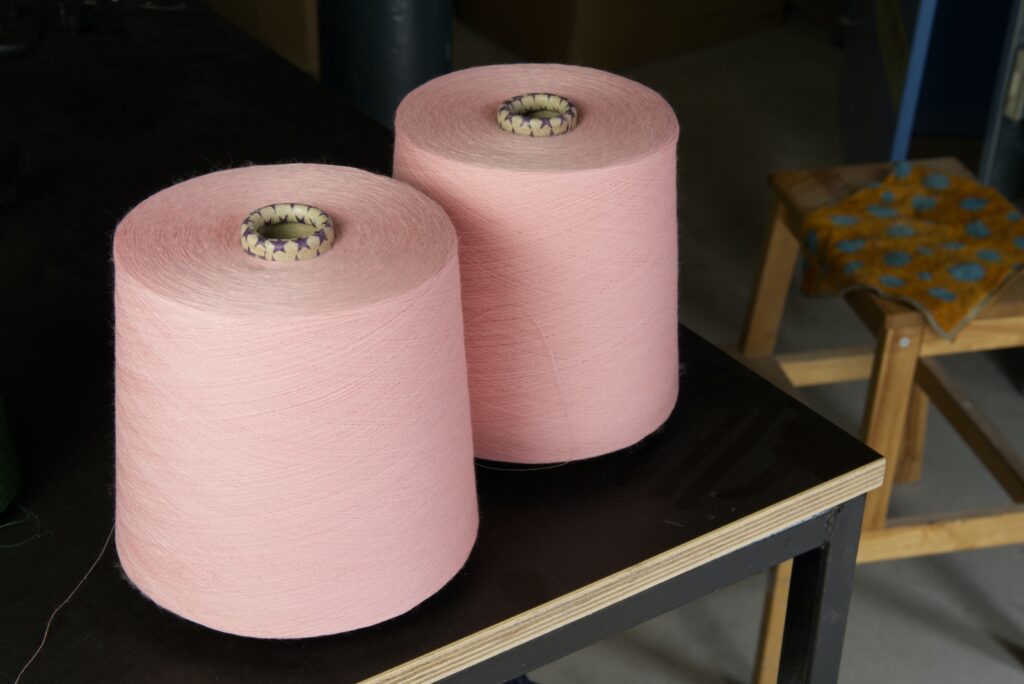The paper manufacturing process uses a lot of water. Efforts are being made to reduce this consumption through improved technologies and wastewater recycling. Pulp is pumped onto moving wire screen mats in the forming section of the machine, which transforms it into a continuous sheet. Chemicals and fillers are added to achieve specific properties for different uses. The sheets are then dried by passing them over steam-heated cylinders.
Pulp
The paper business offers career opportunities for women and minorities Kinston NC. Each stage of the planning process for the paper industry includes consideration of workforce planning. Regarding the procedure, wood fibers are the basis for paper and come from virgin forests or recycled materials. The raw materials undergo chemical and mechanical pulping to separate the cellulose fibers from other elements. The resulting dilute slurry of separate cellulose fibers is pumped into large papermaking machines. These machines are as long as an Olympic-size swimming pool and nearly as tall as a three-story building! The machine squirts the pulp evenly across a moving wire mesh screen. The water drains through the screen as it moves, leaving behind a layered mat of cellulose fibers. The thickness of the carpet can be adjusted by varying how much pulp is added and the speed at which it is spread. Starches and chemicals can also be added to the pulp to create different paper types.
Bleaching
Bleaching is a chemical process that removes lignin from wood chips, allowing the papermakers to whiten the pulp. It also cleans the pulp from dirt and foreign materials that escaped the chipping and grinding processes. Bleached pulp is widely used worldwide and preferred by white paper manufacturers. Historically, paper was made one sheet at a time by dipping a frame with a screened bottom into a vat of stock. Invented by the Chinese 1,900 years ago, this ancient method required a lot of human resources and was limited to the size of the frame and deckle that could be lifted from the water. Today, huge machines pump liquid paper pulp onto moving mesh screens that can be 30 feet wide. The pulp becomes a layered mat and goes through many processes to remove and dry water.
Forming
The papermaking process begins by washing, bleaching (to whiten or “brighten”) and beating pulp to create a pulp slurry. Starches and other chemicals are added to this slurry to develop different paper types. The slurry is pumped evenly across a moving, fine-meshed screen on a large four-drinier machine. The wet sheet is then dried over a series of steam-heated cylinders. This step is crucial to the final strength and smoothness of the finished product. After forming, the large sheets are cut into smaller rolls to be sold or used directly in manufacturing. In a separate, optional process called calendaring, the paper is further smoothed and compacted to give it various textures and finishes. It is also an opportunity to add a watermark.
Pressing
The pulp is fed into a large, steam-heated cylinder, forming a thin sheet of randomly interwoven fibers. At this stage, more than 90% of the water used in the process is returned to the environment. The resulting sheet is put through adroitly placed blades that flatten the entangled fibers, eliminating any inconsistencies and making it stronger. Manufacturers also add calcium carbonate to enhance the paper’s density and opacity, filler materials such as clays or chalks, chemicals to color the pulp and optical brighteners for better appearance. The paper is then dried to the desired moisture content and rolled into giant, multi-ton jumbo rolls. It is then sent to a separate, paper-converting plant, where it’s cut into smaller rolls or sheets suitable for end-use and any other processing required.
Converting
Paper manufacturing uses a lot of water. Efforts can be made to minimize water use and improve water recycling practices. The pulp is then put through a pounding and squeezing process called beating. It gives the fibers a fibrillated end, which makes them more likely to bond with other fibers and make stronger paper. Fillers such as chalks and clays, chemicals such as dyes and starch, and sizings are added to the pulp to give it different properties. The paper may be further improved by coating or running through another calendar to achieve certain textures. It is then dried to a desired moisture content and cut to its final size. It is then moved to a winder and wound into large rolls that the end user can use.

